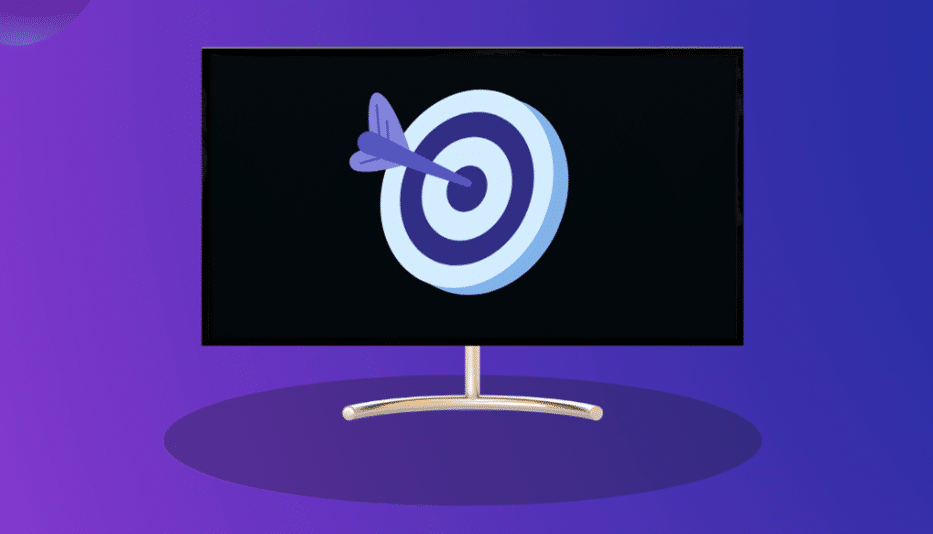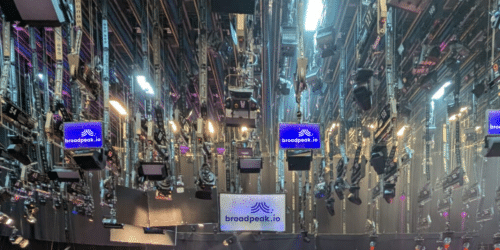In 2024, ad spending is estimated to grow by about 5.7%. The market is already huge, with advertisers spending over 55.2 billion dollars on ads for digital video in 2023. To capitalize on the opportunities in this market for digital video platforms, finding the right solution for serving effective ads to viewers is of the utmost importance.
You will likely want to guarantee advertisers that most, if not all, of their ads are seen and that your solution continually finds the best ads to show viewers at any given time.
That’s where Dynamic Ad Insertion (DAI) and Server Side Ad Insertion (SSAI) come in.
Before DAI
When you don’t use DAI, ads are served on a schedule. You send the same ad to every viewer at the same time. If an ad is not doing well with some viewers, no changes can be made to offer other ads during the session. Instead, you have to wait until later to review the results and determine what you want to try to schedule the next time. This cannot be easy to get right, especially since you must find a way to make the ads appealing to anyone instead of a more targeted audience.

Dynamic Ads with DAI
DAI is ad technology that allows you to serve dynamic ad content. Using DAI, you can choose the most effective, relevant ads for an audience or a particular device type and even get as granular as serving individual ads to different viewers. DAI inserts ads on the fly, so a benefit is that old content can be monetized with new, relevant ads whenever someone watches. And due to DAI’s ability to personalize content so effectively, advertisers can get the most out of every advertising dollar because they’ll know they’re showing the suitable ads to the right viewers. After the ads are chosen, DAI uses a video stitcher to combine the video content and the ad content into a single stream for the viewer. The video can be stitched together in two ways – using Client Side Ad Insertion (CSAI) or Server Side Ad Insertion (SSAI).
While most discussions highlight DAI’s use in video, it can also be applied to audio, including music streams and podcasts. This part of the market has yet to be focused on as much, but it’s a great opportunity, primarily due to its high growth. According to Basis Technologies, spending on digital audio ads is projected to grow by 44% between 2023 and 2027. In 2023, advertising dollars for digital audio were over $2 billion and are expected to reach nearly $4 billion in 2025. And that’s for the US market alone.

DAI doesn’t just insert ads into content; you can also use it to create pre-rolls for live streams. A pre-roll lets you play an ad or provide other information before the live stream starts.
How Does DAI Work?
If you’re familiar with traditional video advertising, then you know the flow goes something like this:
Traditional Static Advertising
- A viewer picks a video to watch, and a request is made to an ad server that sends a VAST response for this particular content.
- The video player uses the VAST response to determine where to serve ads in the content and retrieves the planned advertising for the spots marked to show an ad.
- The video and ad content are stitched together, either with CSAI or SSAI.
- The video player marks whether each ad was viewed.
- The same ad will be served to any content viewer for this content.
For DAI, the flow can be made more dynamic:
- A viewer picks a video to watch, and a request is sent to the ad server for content via VAST for this viewer.
- The ad server chooses and adds the best ads to the content. This can be done client-side in the video player or server-side.
- The player plays the video and either integrates the content if it’s CSAI used or streams the content SSAI created and sent.
- The video player marks whether each ad was viewed.
- Every new streaming request can include a new ad.

While it’s possible to use DAI with CSAI or SSAI, CSAI has the significant drawback of being susceptible to ad blockers. Something CSAI does well is on-the-fly ad contextualisation. However, by combining DAI and SSAI, you get the best of both worlds. You get personalized ads that can be changed in response to viewer behavior. And, when SSAI is the video stitcher, you ensure your ads reach the viewers every time.
Ad Tracking
When you play ads for viewers, you want to track them to see if they are watched. There are two ways to do this: client-side ad tracking (CSAT) or server-side ad tracking (SSAT). CSAT is traditionally reserved for use with CSAI implementations. However, at broadpeak.io, an SDK called SmartLib is offered that allows you to do CSAT if you want to.
Check out our article for more details on why SSAI is a better choice as a video stitcher than CSAI. When placing ads into video content, DAI built on SSAI and CSAT gives you the most robust, personalized experience.










